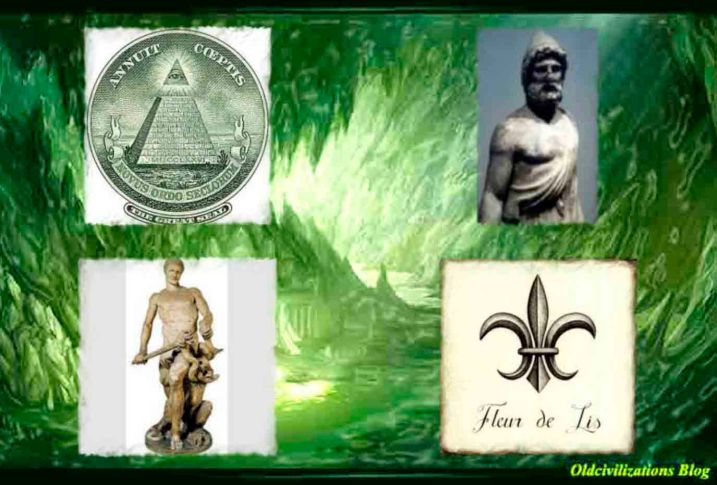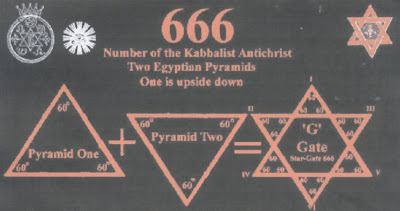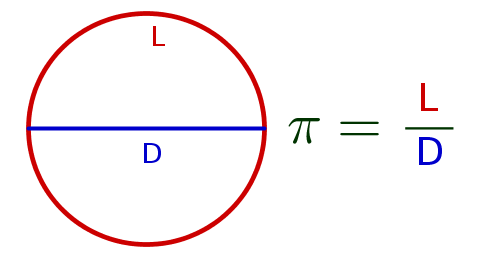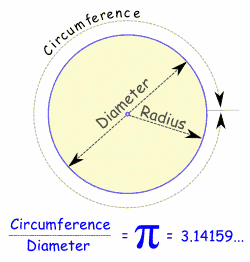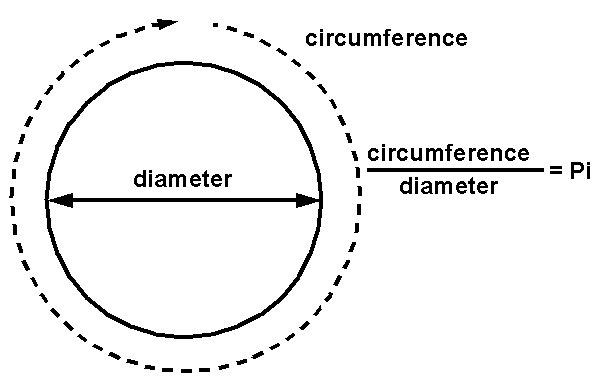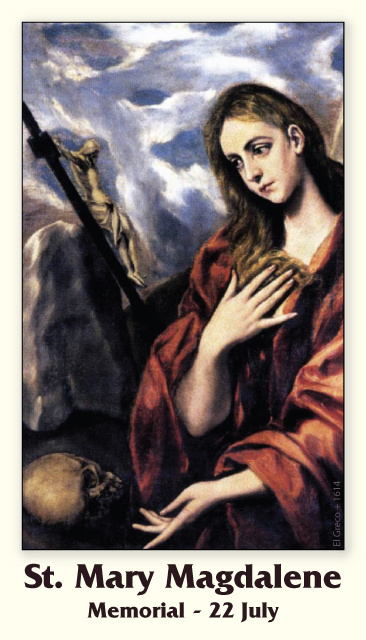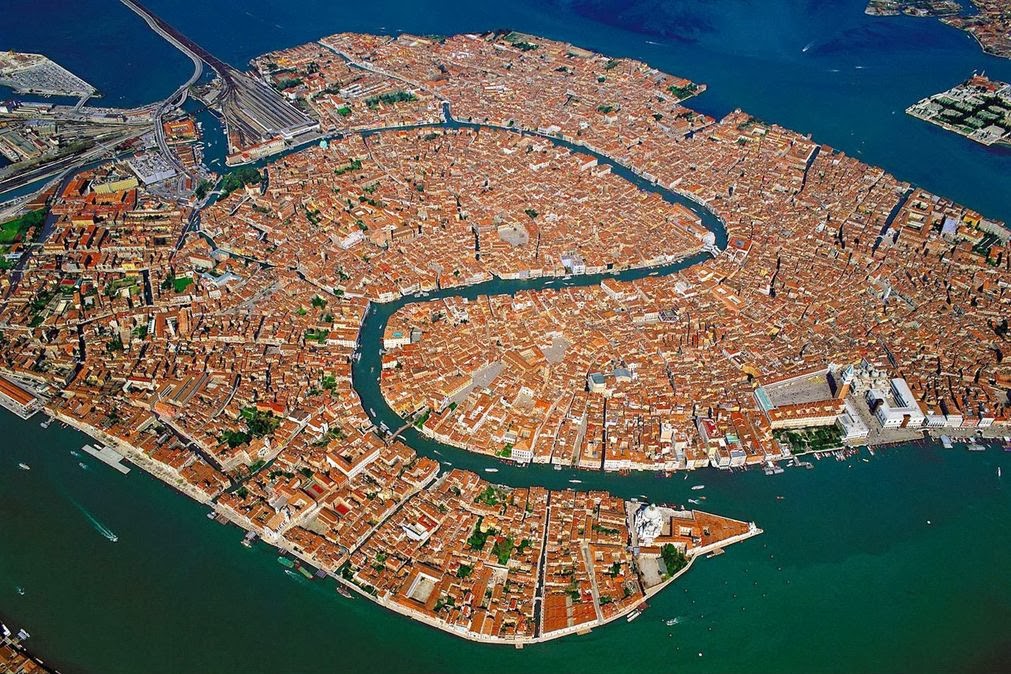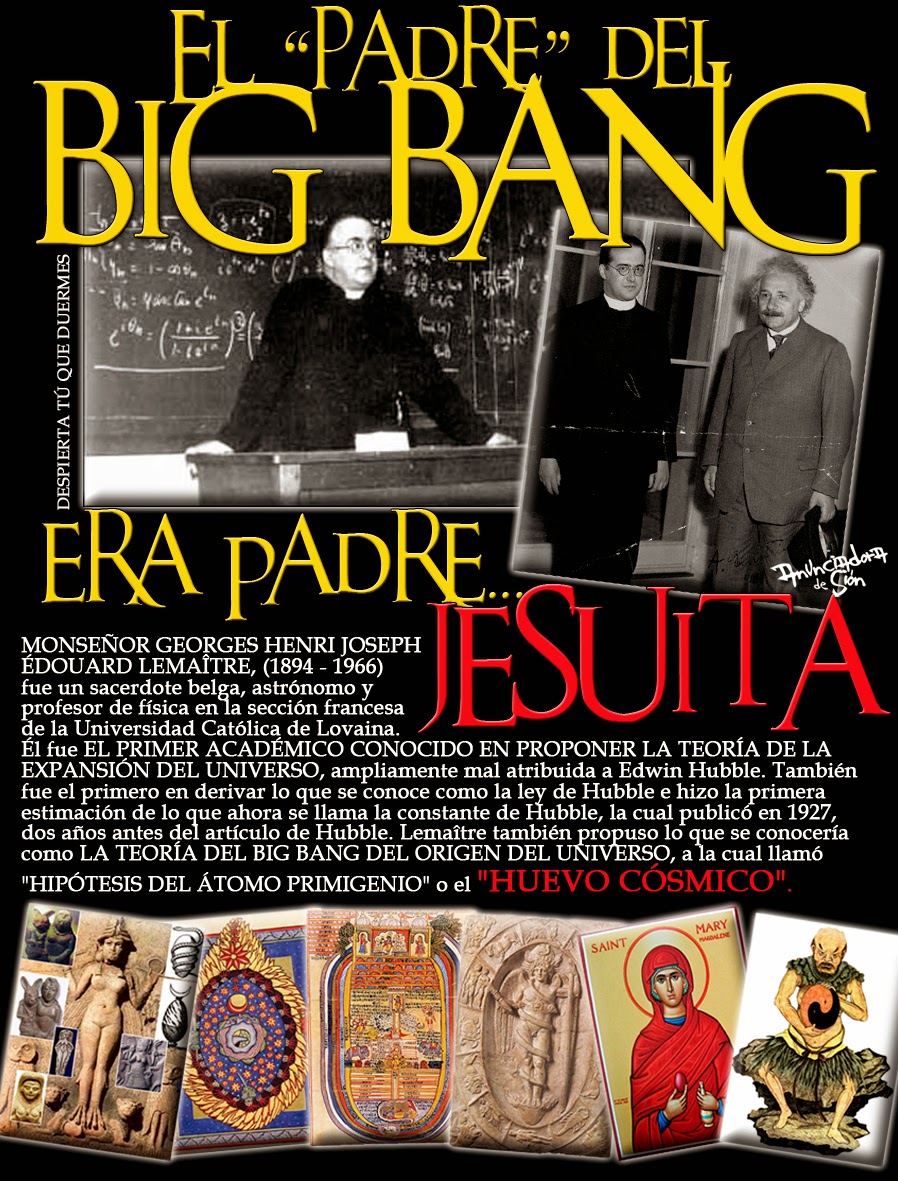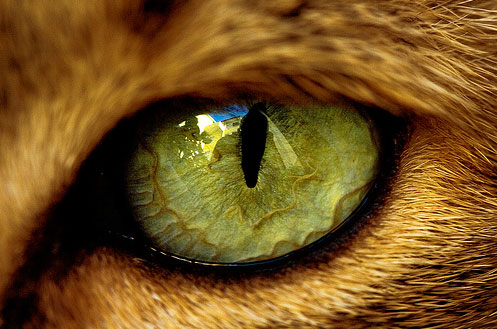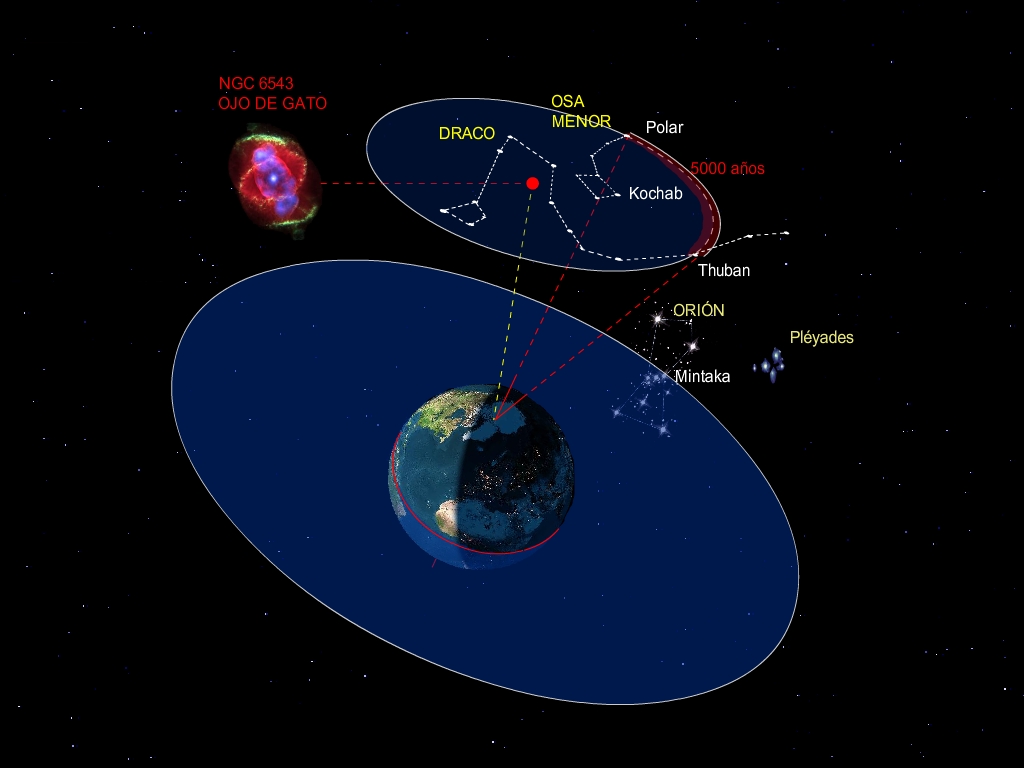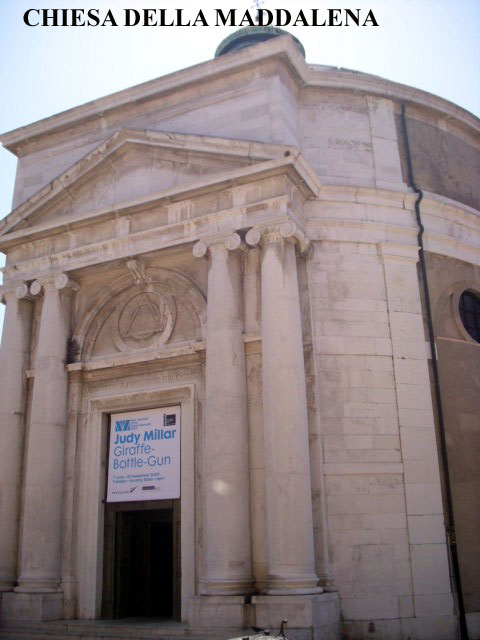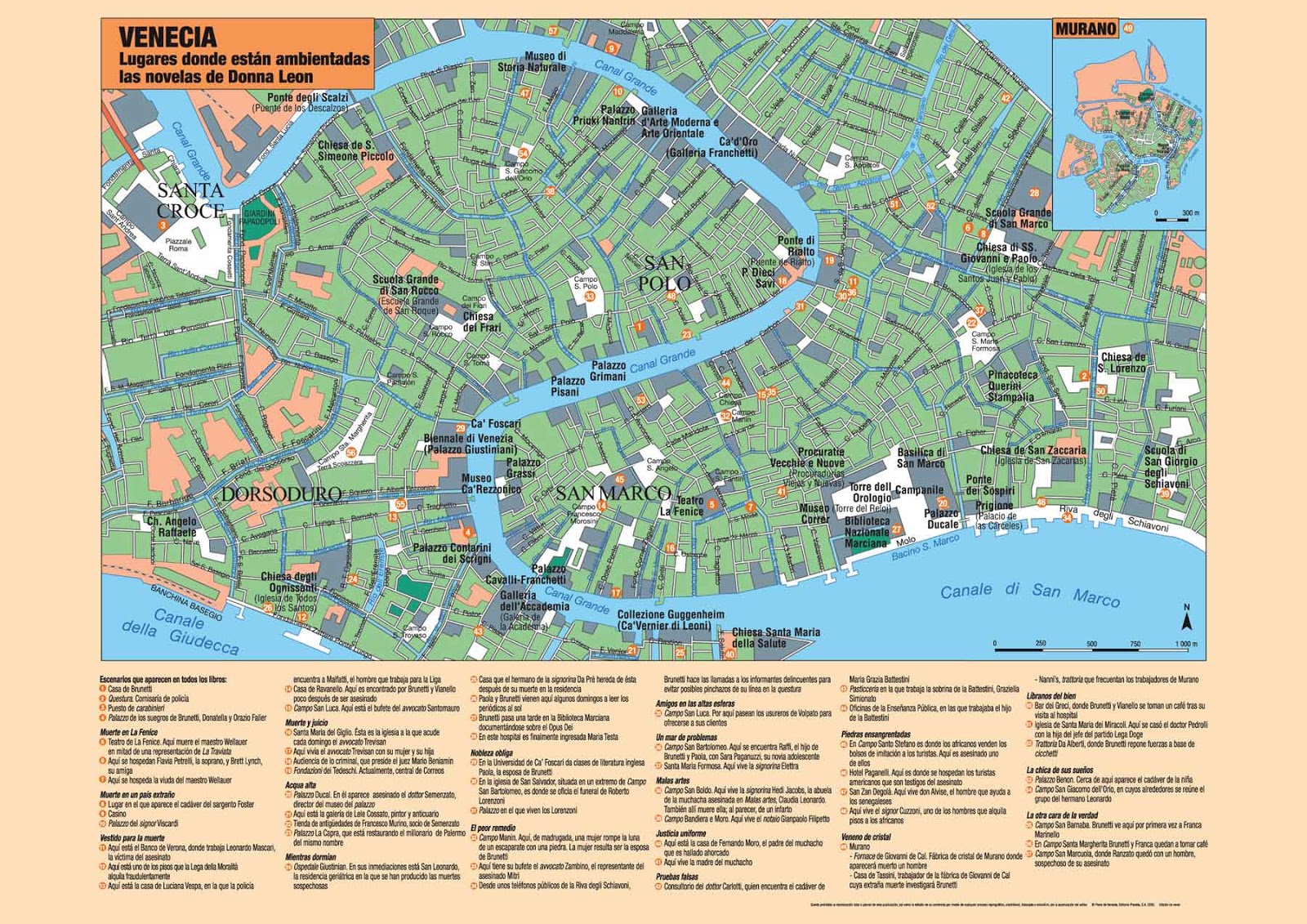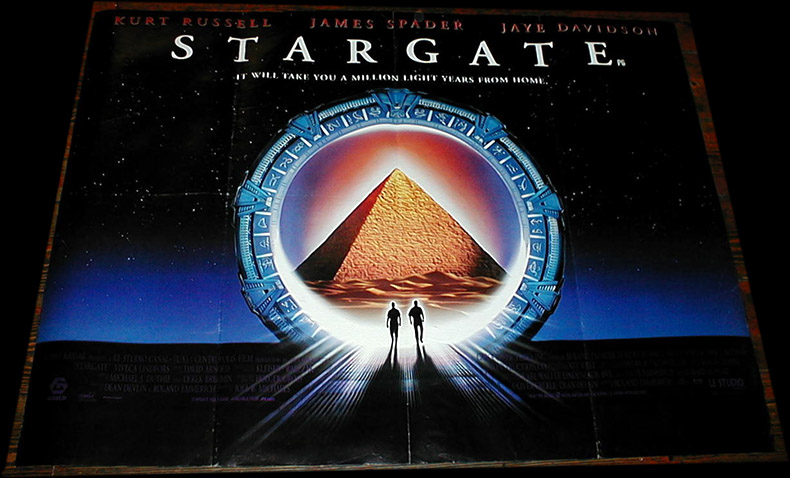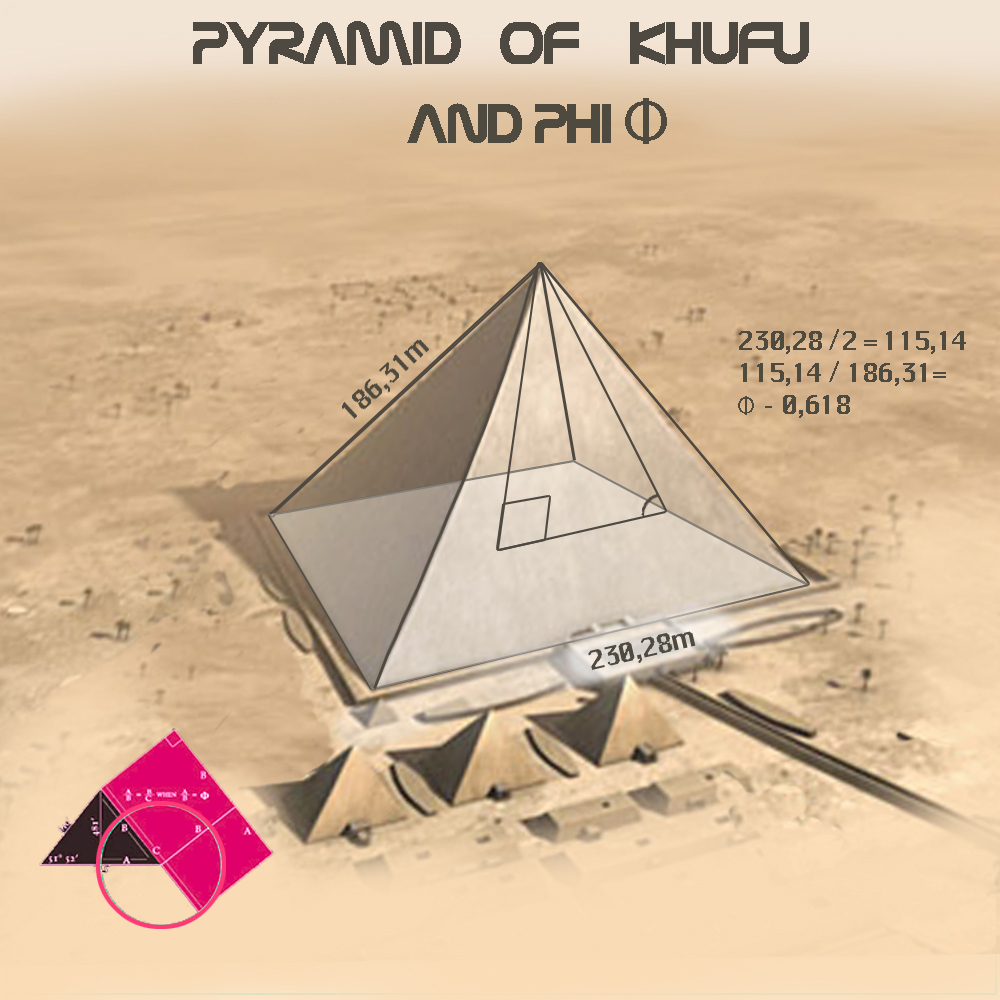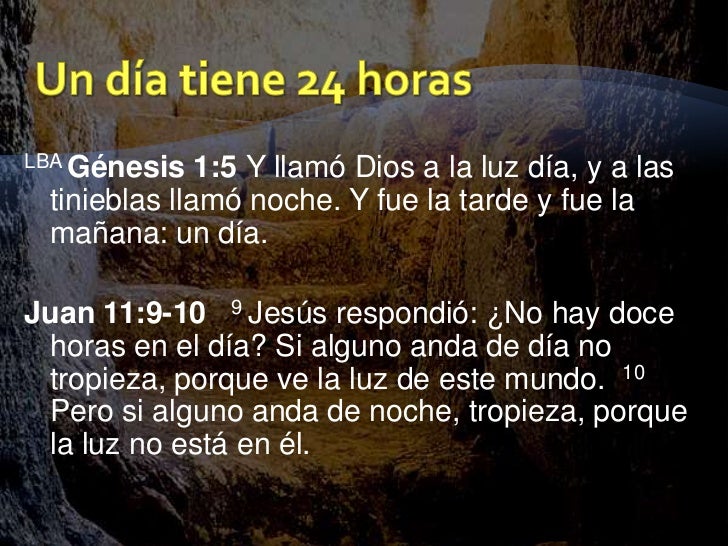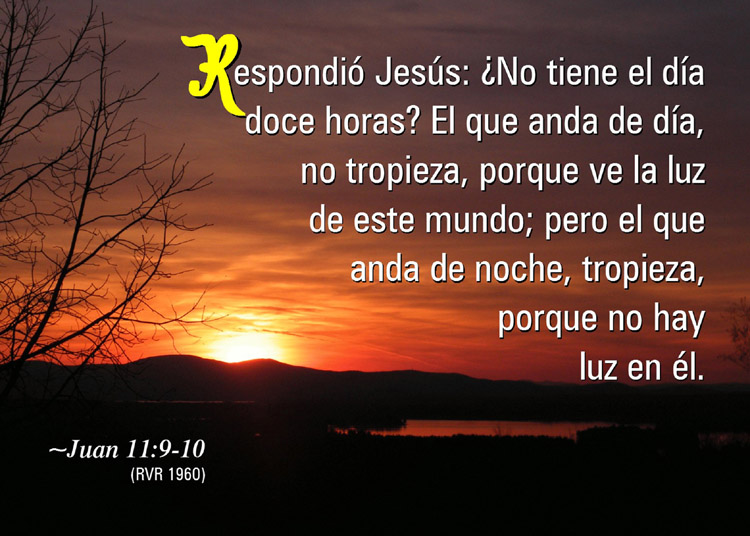Back in 2012 I wrote a post on Burning Man, a post-modern pilgrimage where 50,000 people converge on Black Rock City in the Nevada desert every summer. This cathartic festival culminates in the ritual burning of a giant man in effigy.

Julius Caesar wrote in his Commentary on the Gallic War that the Gauls sacrificed men by burning them inside wicker effigies but it appears that this might have been disinformation designed to demonize the druids.

Wicker Man
Black Rock City is the name of the temporary encampment recreated every year in the Nevada desert. Designed by a now-deceased architect, Black Rock City occupies 66.6% of a circle inscribed within a pentagon. Kevin McMahon realized that the azimuth from the center to one of the points is 333.3° true north. I bring this up now because the axis of Black Rock City points to Santiago de Compostela, a traditional pilgrimage site in northwestern Spain.

Legend holds that St. James’s remains were carried by boat from Jerusalem to Galicia Spain where he was buried in what is now the Cathedral of Santiago de Compostela. The Way of St. James, or the Camino as is is known in Spanish, was one of the most important Christian pilgrimages during medieval times, together with pilgrimages to Rome and Jerusalem.
Counter to what you might expect, the number of pilgrims is growing today. Over 200,000 people made the walk last year. Shirley Maclaine chronicled her transformative physical and spiritual journey in her book The Camino.

People going on the Camino come from all over the world but I wondered if there is a symbolic start point for this pilgrimage?
The axis of the Cathedral of Santiago de Compostela in Spain points directly to the Basilica of Saint Mary of the Angels in Assisi, Italy. I wrote about St. Francis of Assisi (1181-1226), founder of his namesake Franciscan order, in Secrets of San Francisco.
Francis was a wealthy young man when he had an ecstatic vision of nature mysticism.

St. Francis in Ecstasy by Giovanni Bellini (c. 1475)
After going on a pilgrimage to Rome, Francis gave up his riches and possessions and begged with the beggars outside the doors of St. Peter’s. While homeless he had another vision where Jesus said to him three times, “Go and repair my house that is falling into ruin.” He returned to Assisi and circa 1211 rebuilt the tiny Porziuncola, a stone chapel that he lived outside of in a primitive hut. Francis later founded the Order of Poor Clares for women and became known as the patron saint of animals and the environment.

The Porziuncola inside the Basilica of Saint Mary of the Angels – Georges Jansoone CC BY-SA 2.5
Francis died in his hut, not fifteen yards from the chapel, at sunset on Saturday, 3 October 1226. Shortly after 1290 the tiny stone chapel became entirely inadequate to accommodate the throngs of pilgrims visiting the site. The Basilica of Saint Mary of the Angels was built around the Porziuncola to protect it and control the flow of pilgrims.
I took a pilgrimage there with my family (see Trip to Italy and France) and my wife was affected by its palpable sense of sacredness.

Basilica of Santa Maria degli Angeli, Assisi
The prayer of Saint Francis, whether or not it was really written by him, affects me emotionally. It is a work of goodness and humility and thus resonates with St. Francis.
Make me an instrument of peace;
Where there is hatred, let me sow love;
Where there is injury, pardon;
Where there is discord, harmony;
Where there is error, truth;
Where there is doubt, faith;
Where there is despair, hope;
Where there is darkness, light;
And where there is sadness, joy.
Grant that I may not so much seek
To be consoled as to console;
To be understood as to understand;
To be loved as to love.
For it is in giving that we receive;
It is in pardoning that we are pardoned.
Francis of Assisi himself completed the pilgrimage to Santiago de Compostela. The distance from the rond-point of the Cathedral of Santiago de Compostela to the Round Fountain in the Tuileries Gardens of Paris is 666.66 miles. Urban Asplund discovered this geo-metric gem.

Note the orbs in the photo inside the Cathedral of Santiago de Compostela, possibly attesting to the sacredness of that space.
Asplund notes that the distance from the same Round Fountain in the Tuileries to Bugarach Peak overlooking Rennes le Chateau is 666.66 km. Furthermore it is due south. Bugarach Peak is located at 42°51’52.30″N, 2°22’45.21″E.

Bugarach Peak has been a New Age pilgrimage site since the 1960s.
For decades, there has been a belief that Pic de Bugarach, which, at 1,230 metres, is the highest in the Corbières mountain range, possesses an eerie power. Often called the “upside-down mountain” – geologists think that it exploded after its formation and the top landed the wrong way up – it is thought to have inspired Jules Verne’s Journey to the Centre of the Earth and Steven Spielberg’s Close Encounters of the Third Kind. Since the 1960s, it has attracted New Agers, who insist that it emits special magnetic waves.
Further, rumours persist that the country’s late president François Mitterrand was transported by helicopter onto the peak, while the Nazis, and later, Israel’s Mossad, performed mysterious digs there. Now the nearby village is awash with New Agers, who have boosted the local economy, though their naked group climbs up to the peak have raised concerns as well as eyebrows. -Source
The distance from Cleopatra’s Needle in New York City to Bugarach Peak is 3303.33 Nautical Miles.

Twenty kilometers east of Paris is a commune in the historic province of Brie called Champs-sur-Marne. In 2005, a new rond-point was built in the Pyramid district (so-called because of a housing complex of the same name built in the 70s) featuring a scale model of the three pyramids of Giza, complete with Sphinx. The Nile is represented by purple flowers. The distance from the center of this rond-point to the purple peak of Bugarach is 666066 meters. Wikipedia lists the population density of Champs-sur-Marne as 3333 persons per square kilometer. I can’t believe it, but there it is!

The distance from the Round Fountain to the Luxor Obelisk in La Place de la Concorde is 666 meters.

The distance from the Arc de Triomphe de l’Étoile to the Louvre Pyramid is 3333 meters.






















































